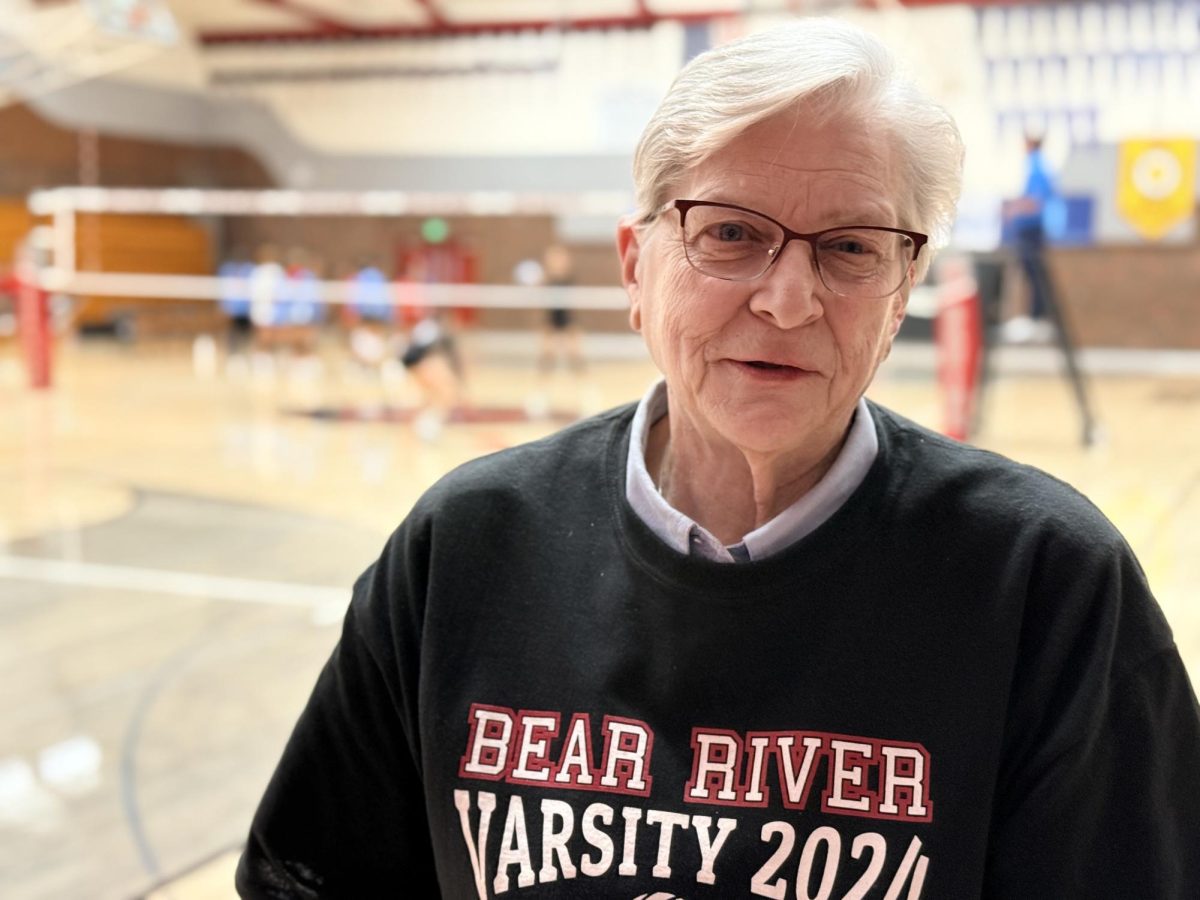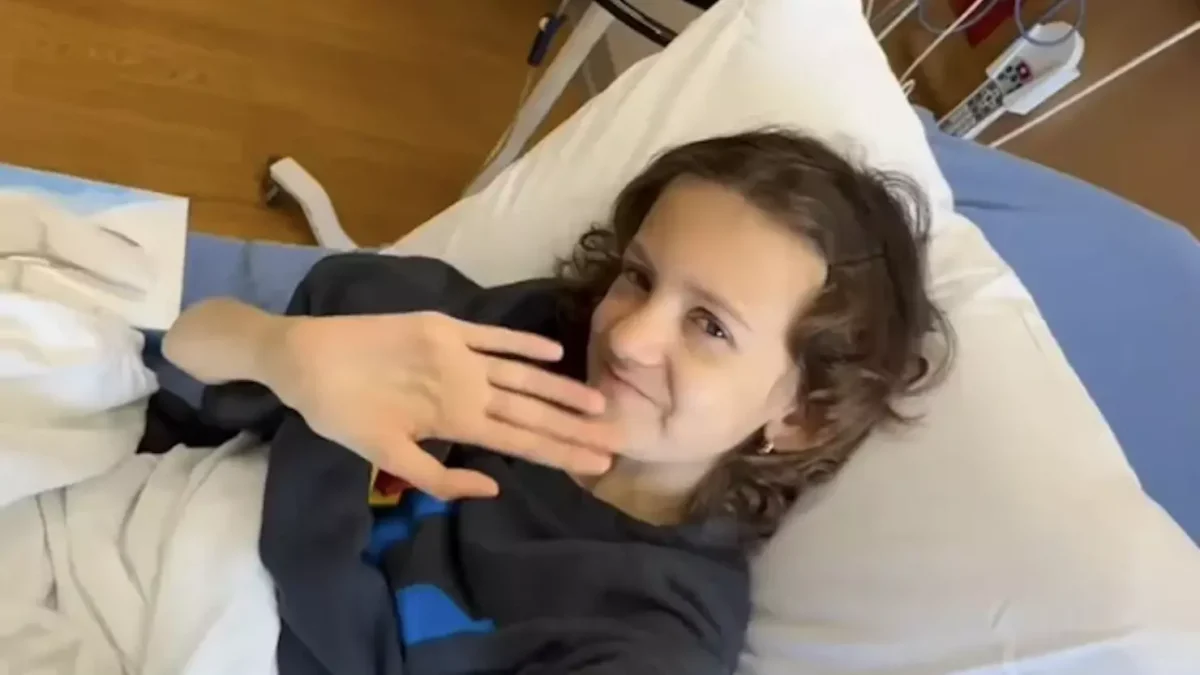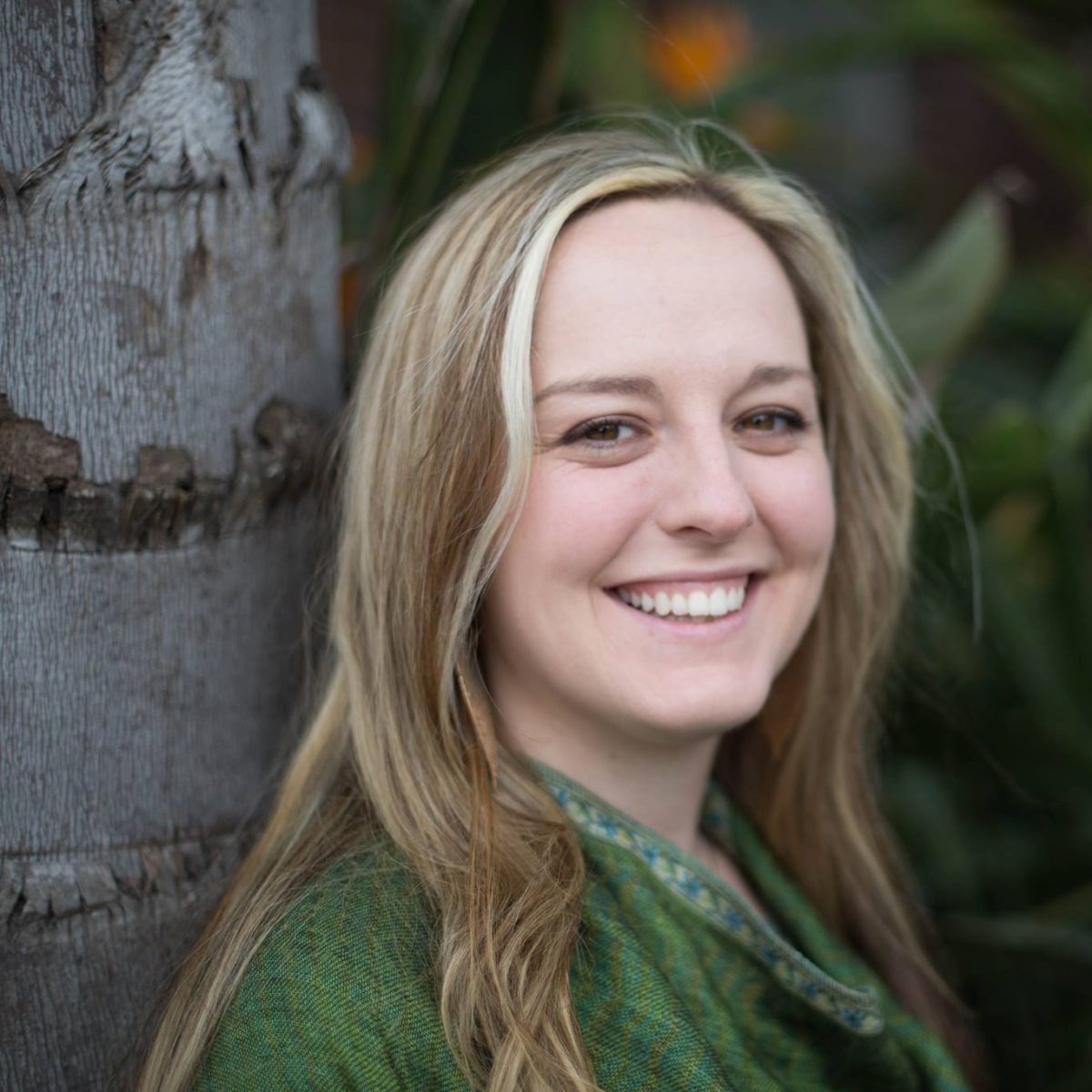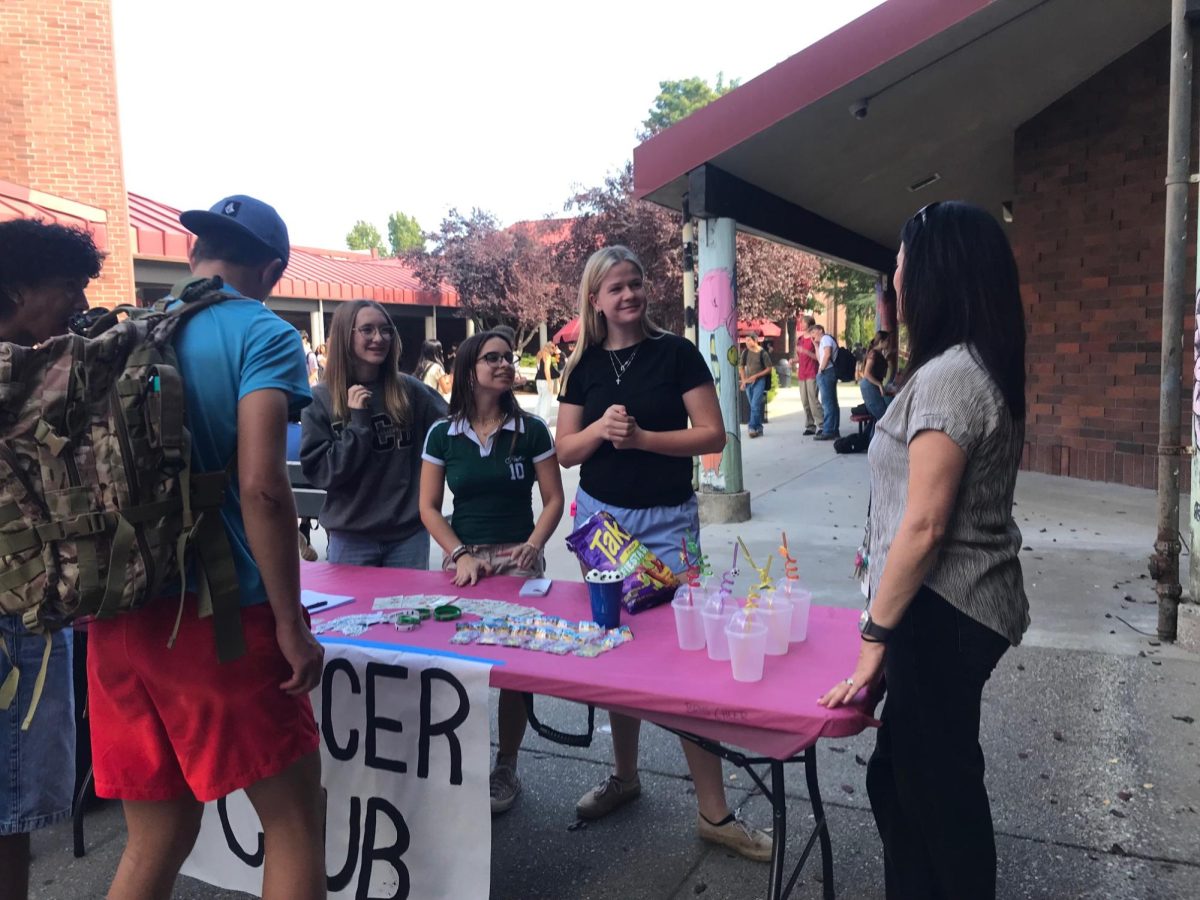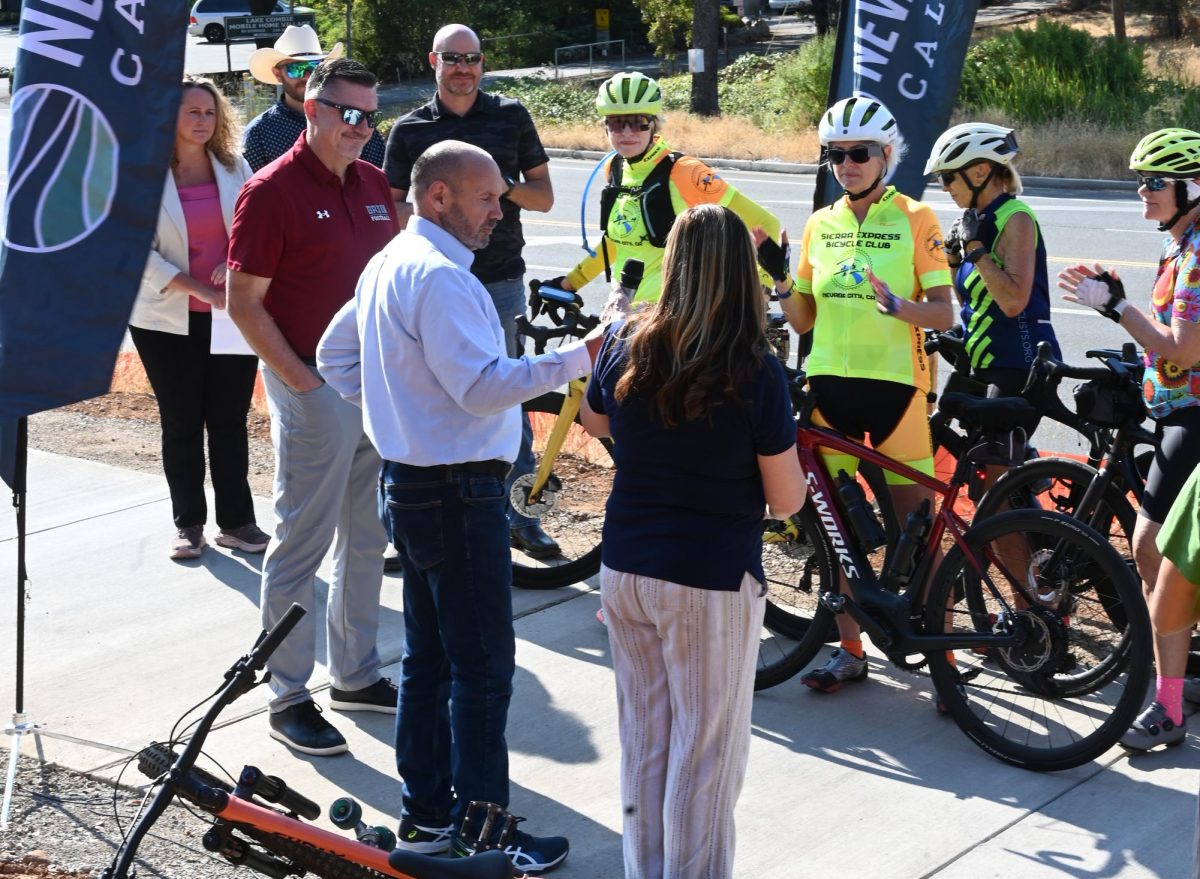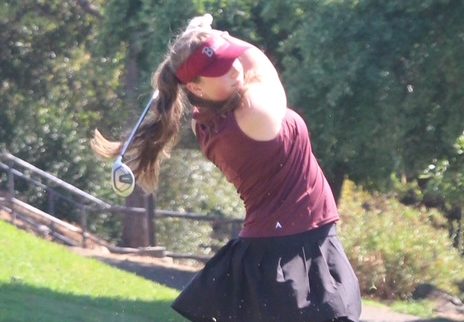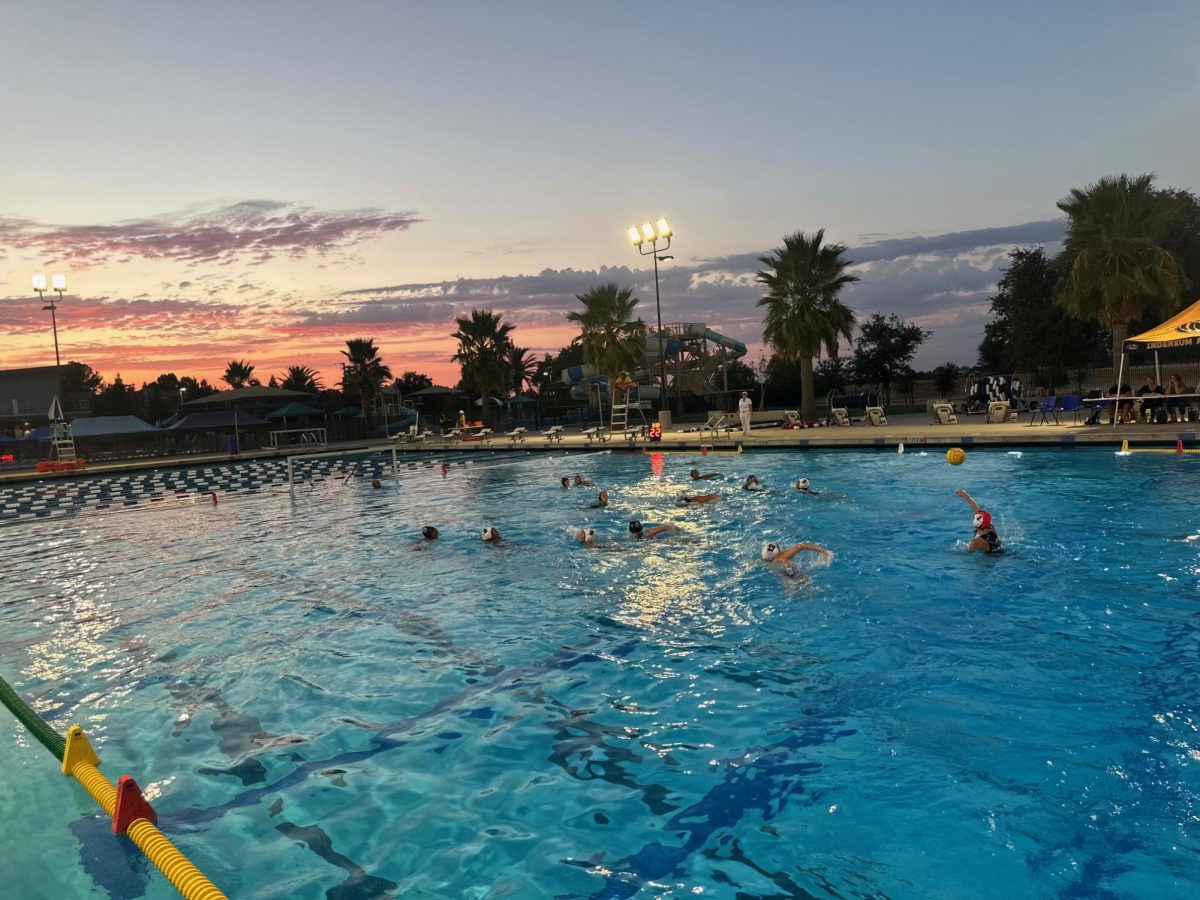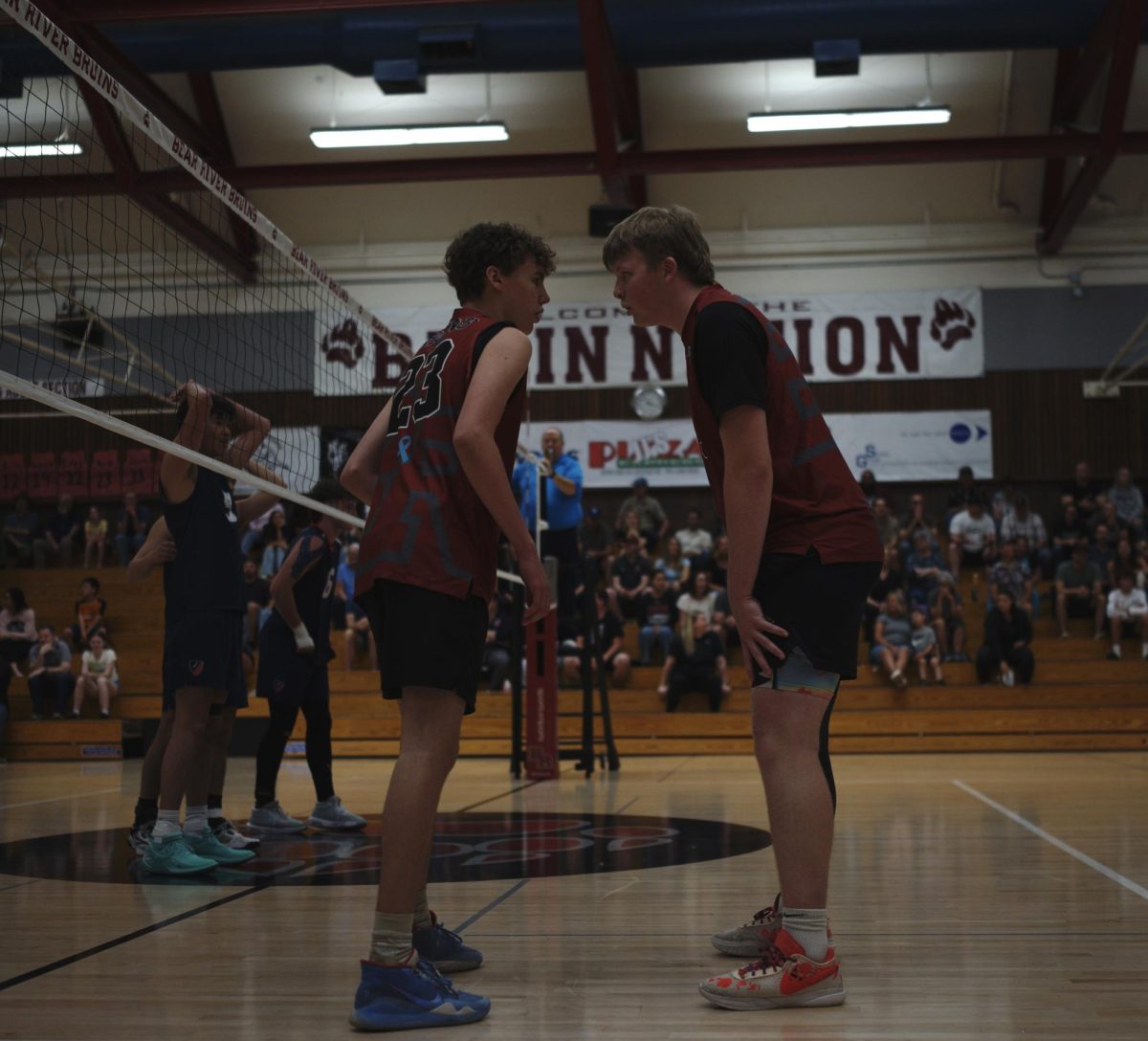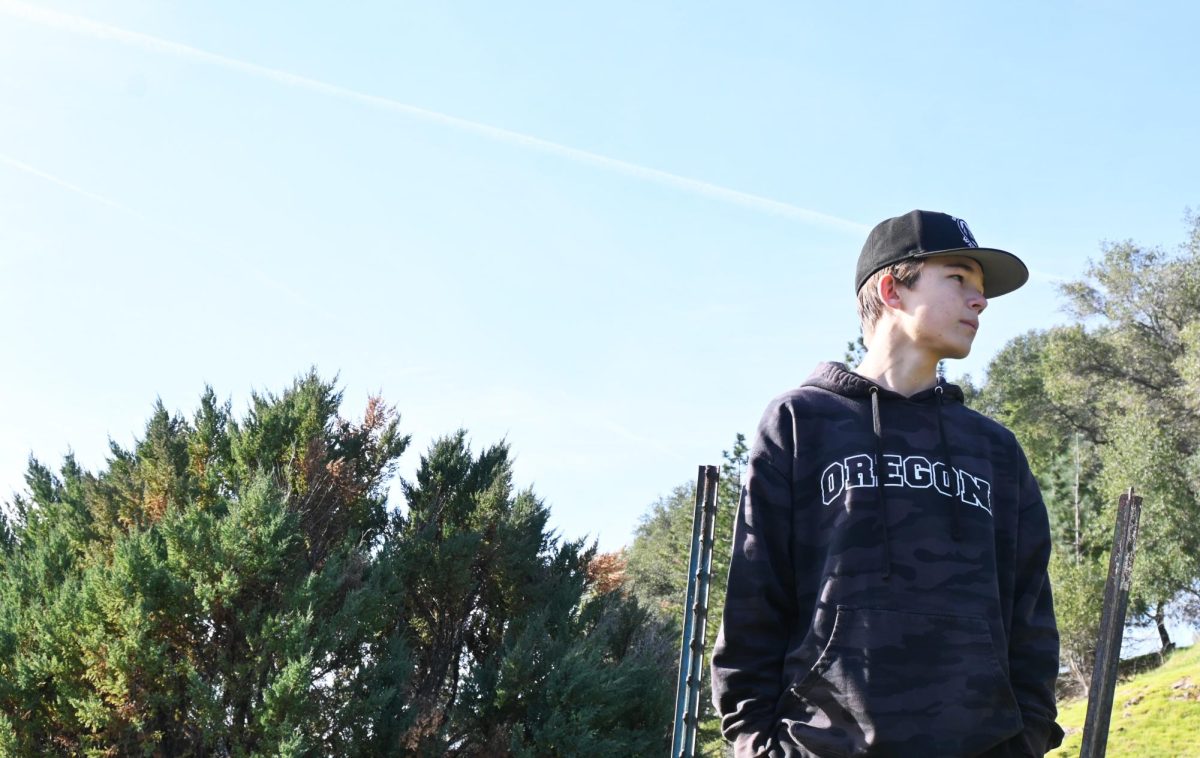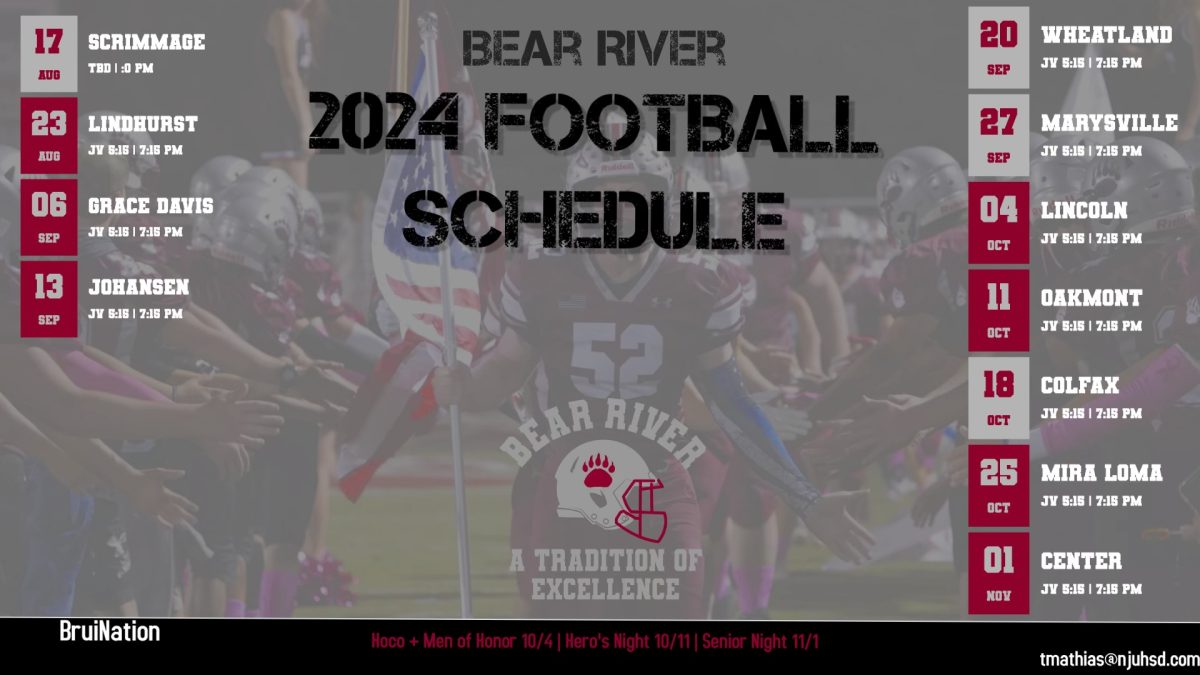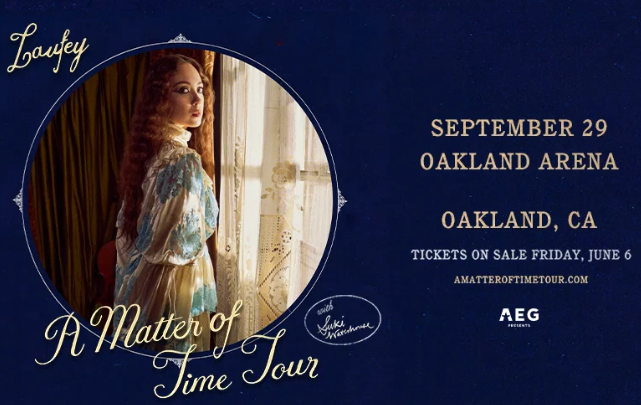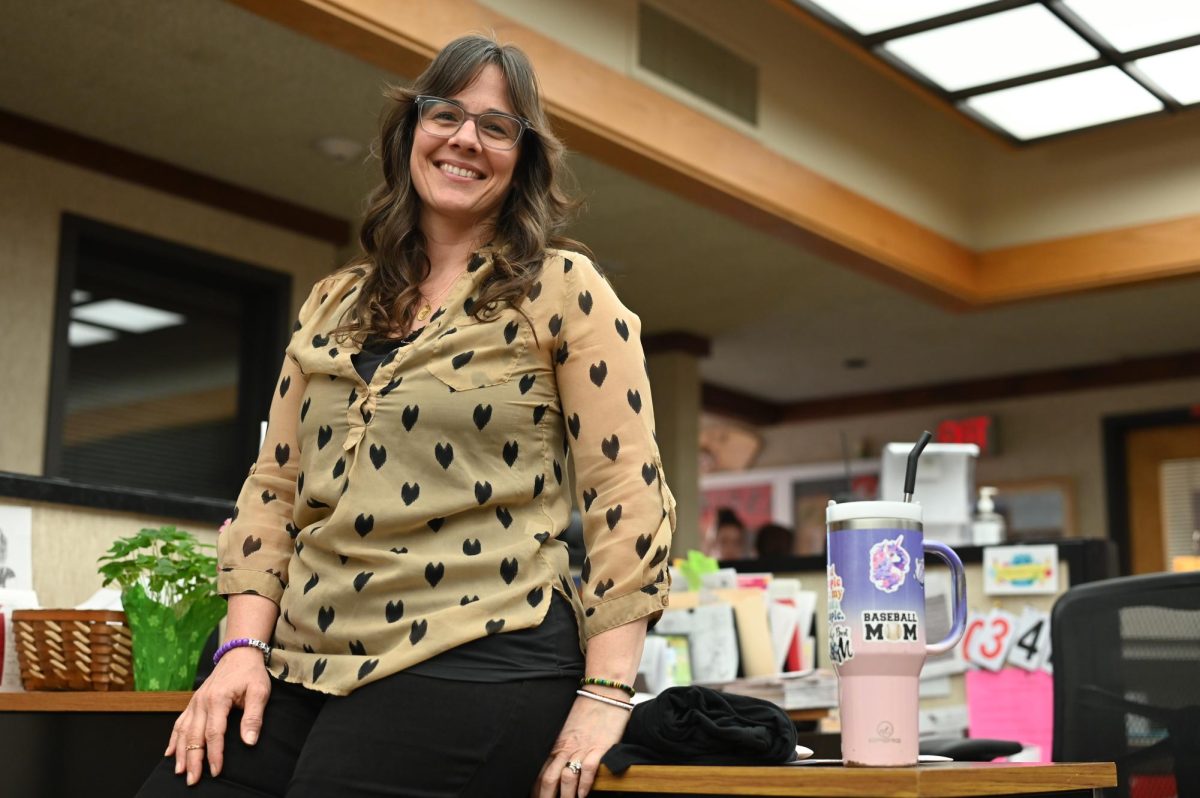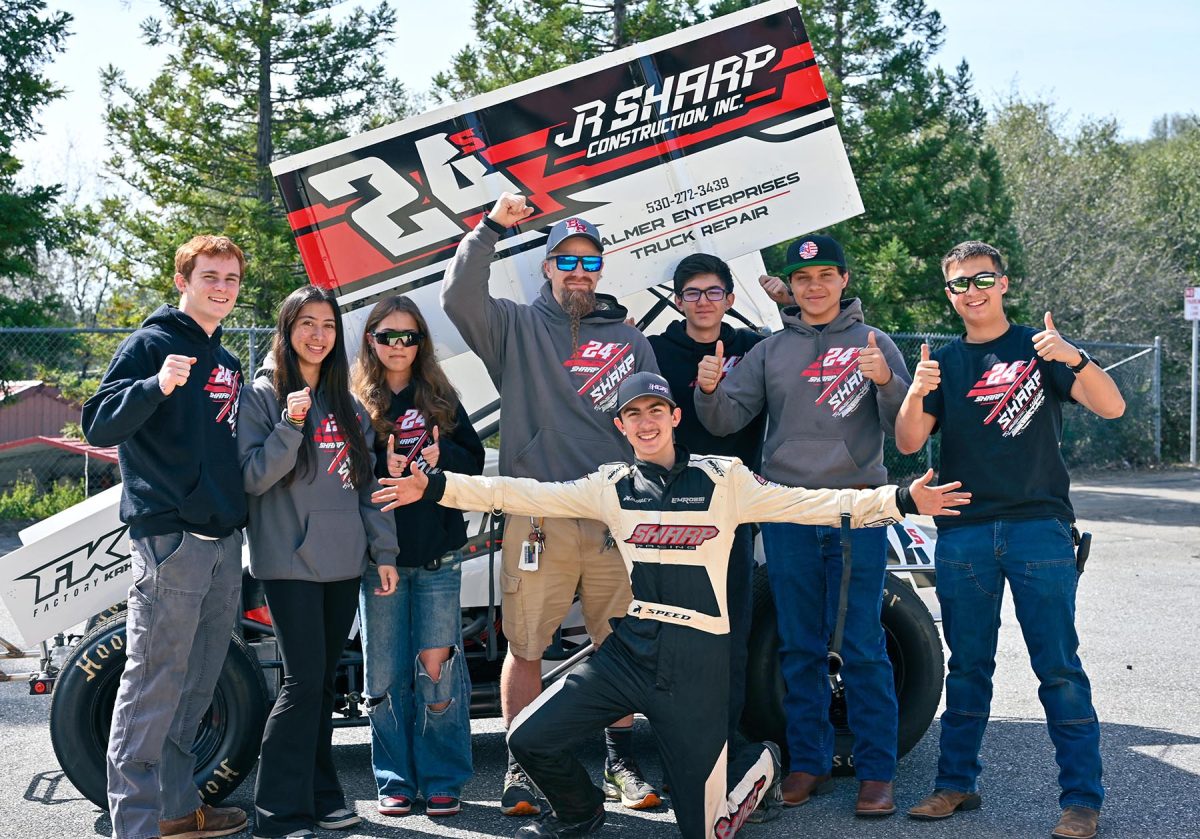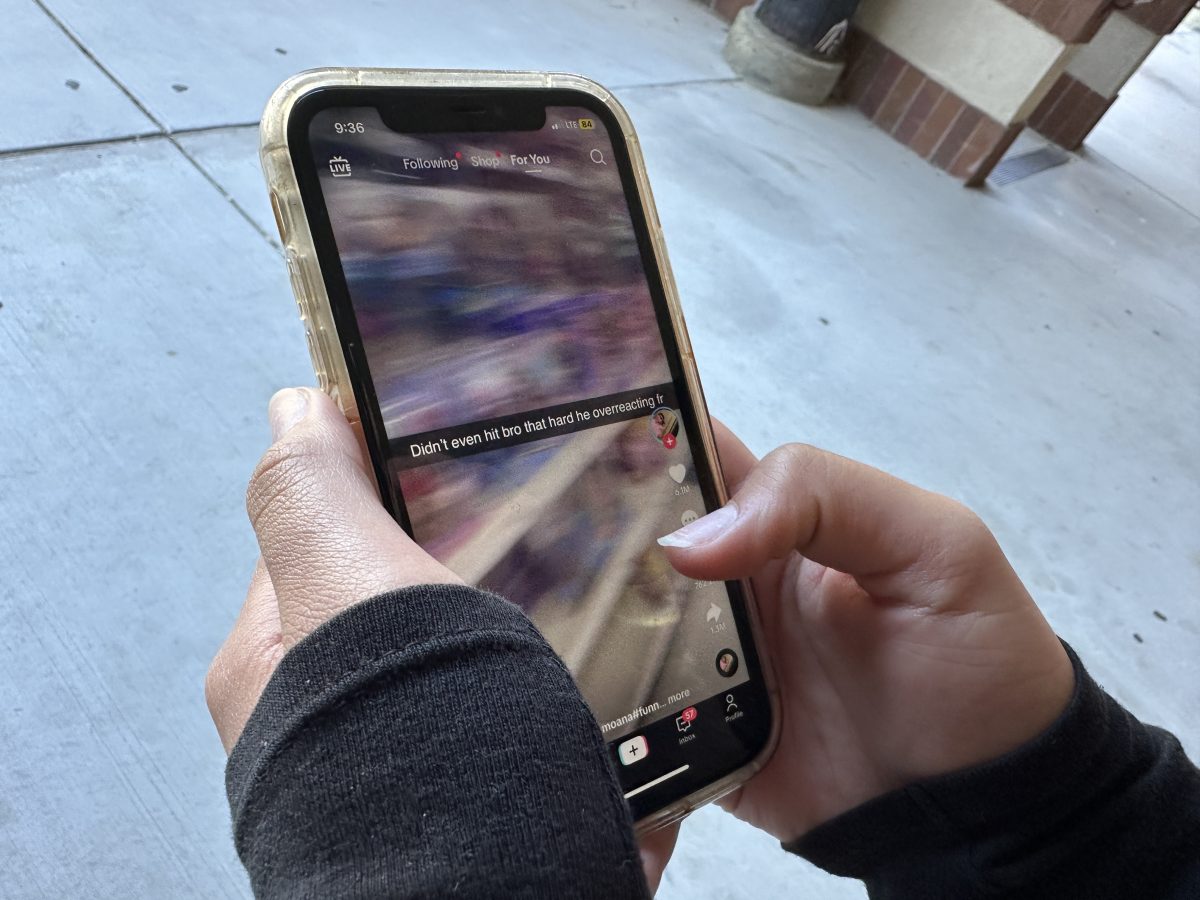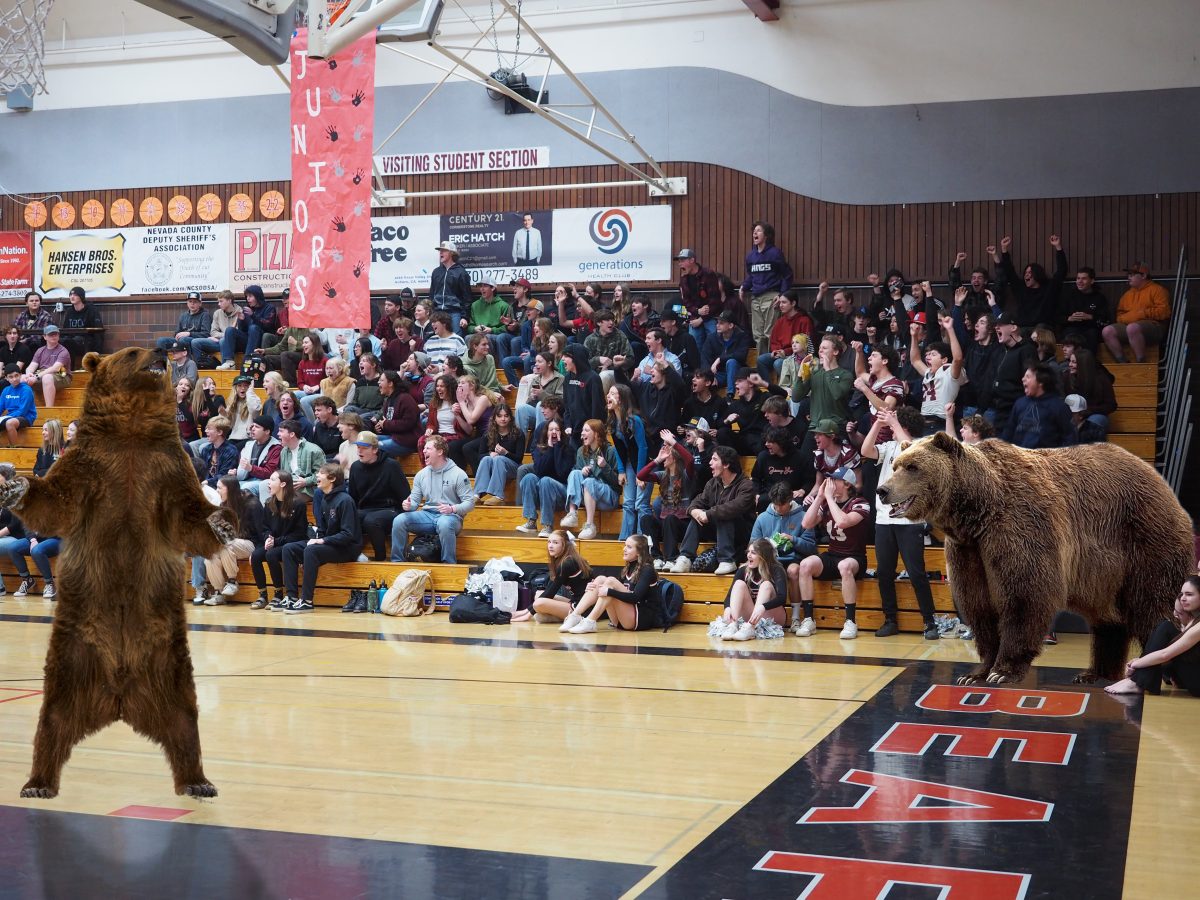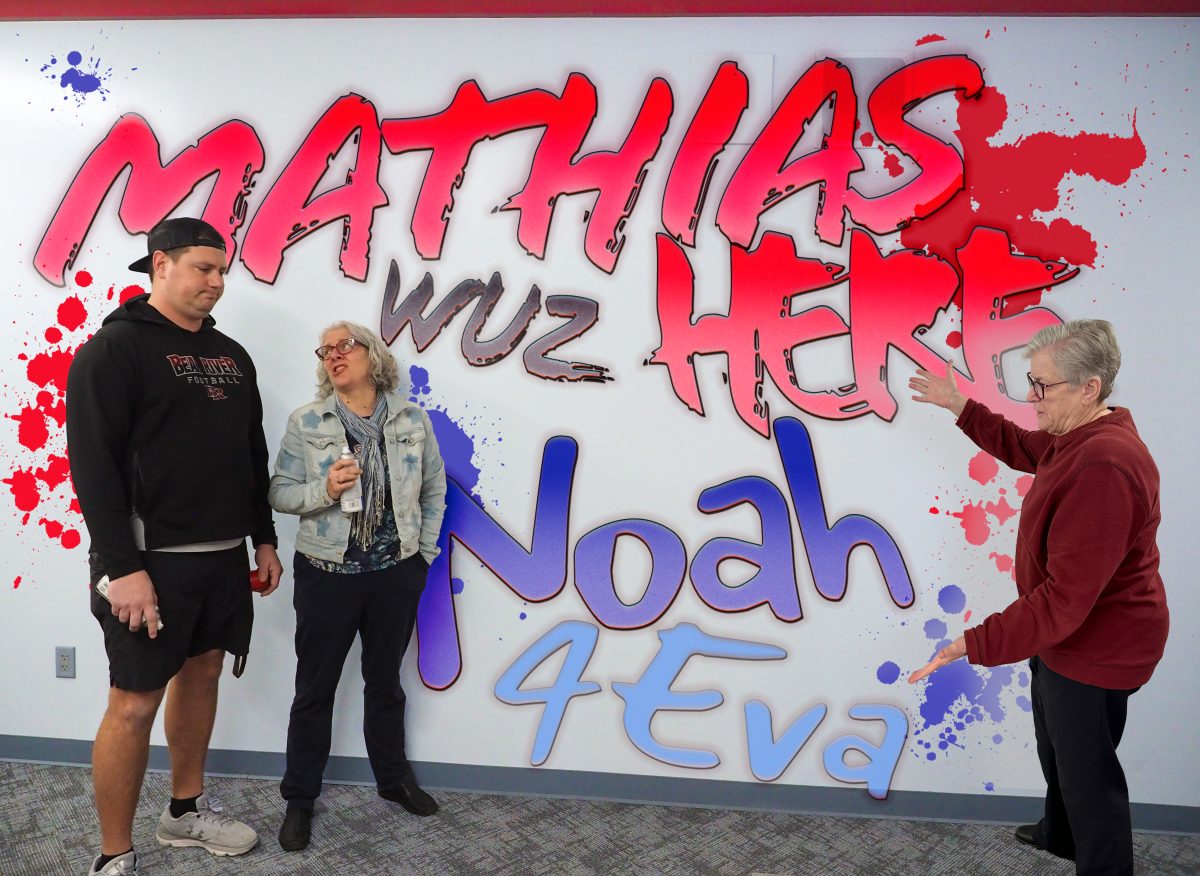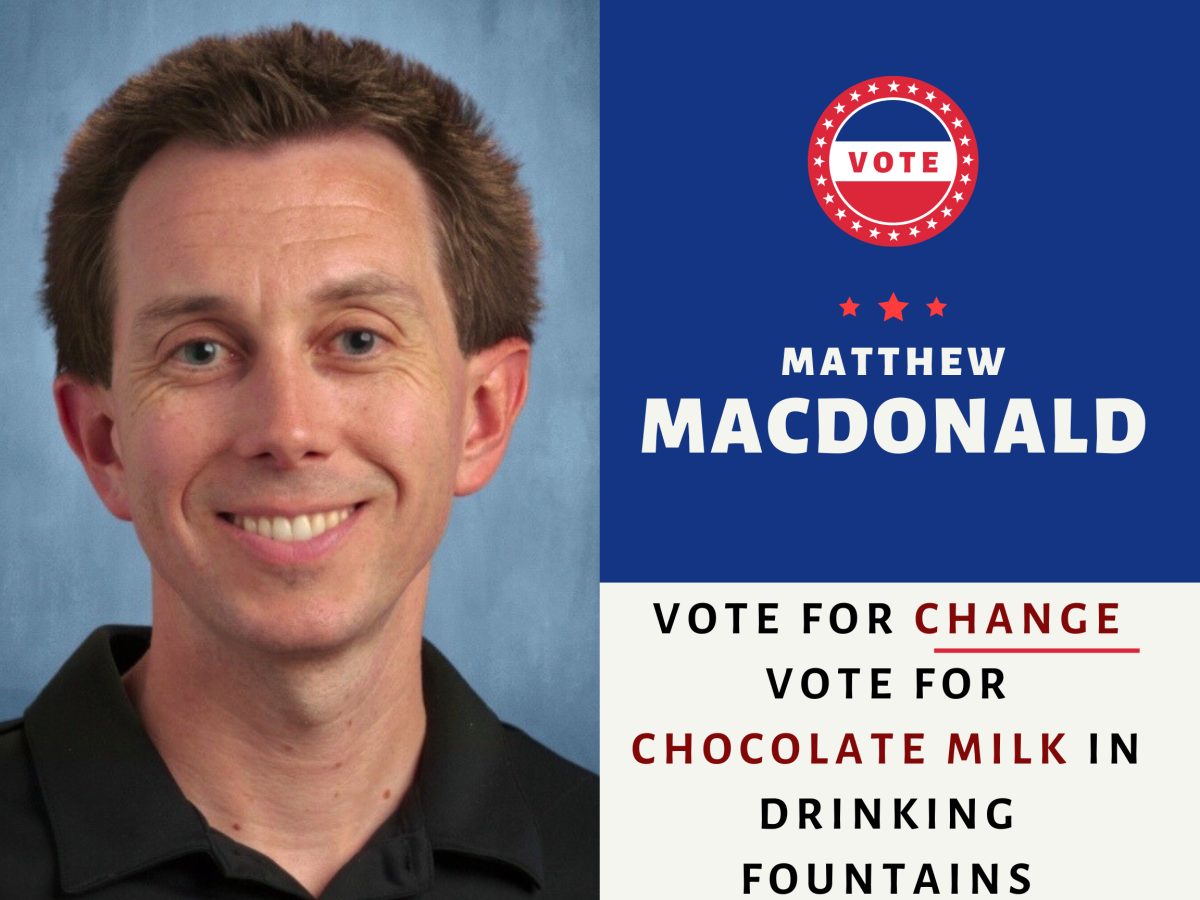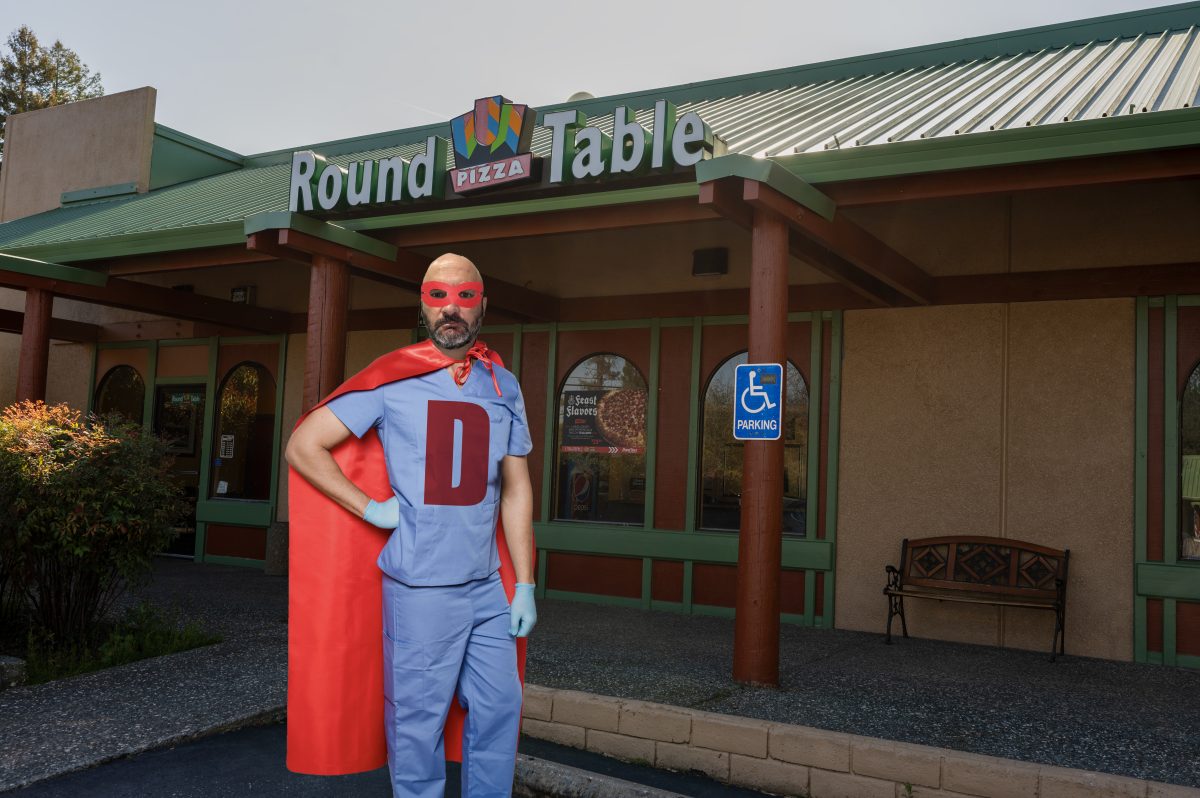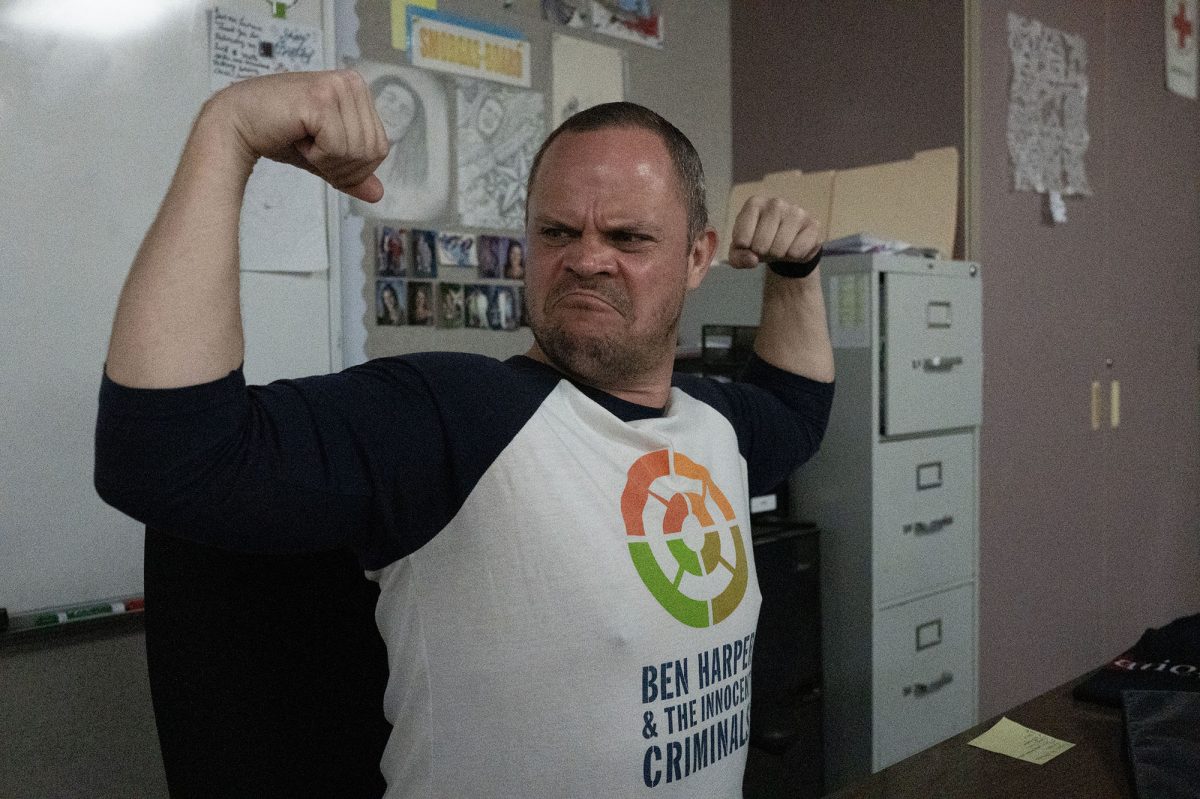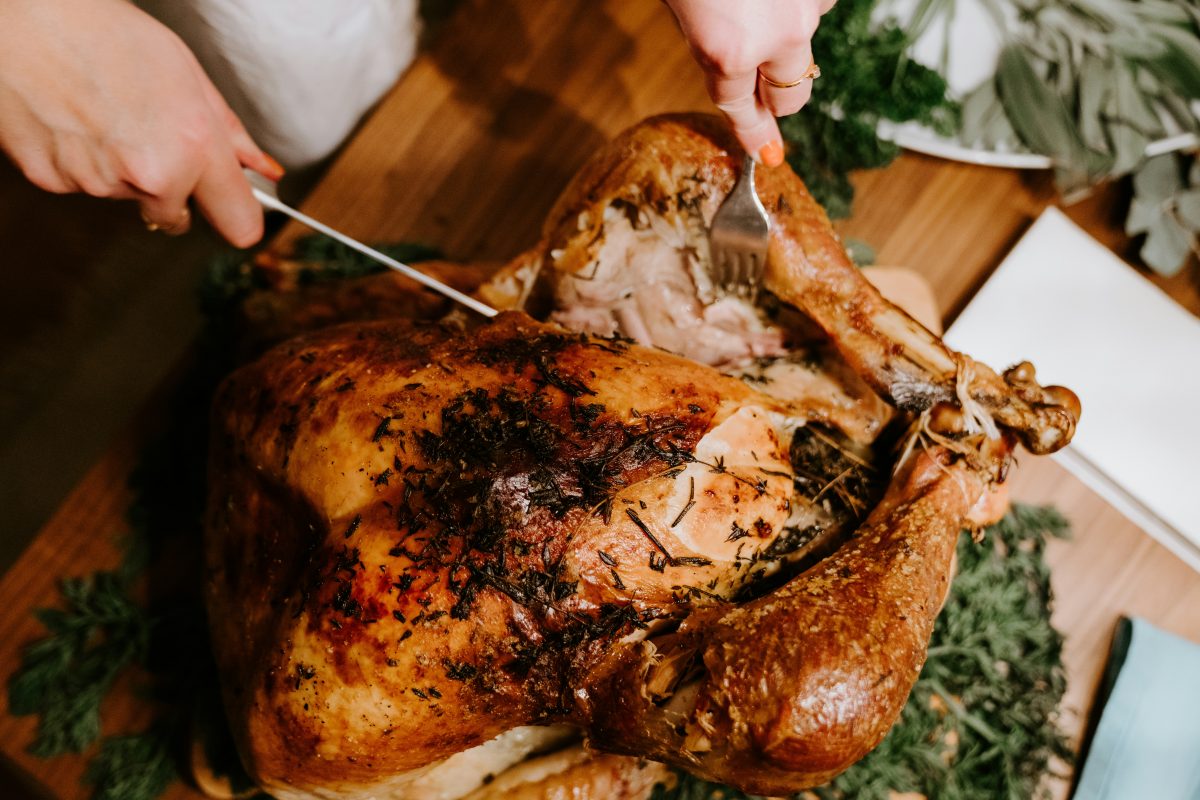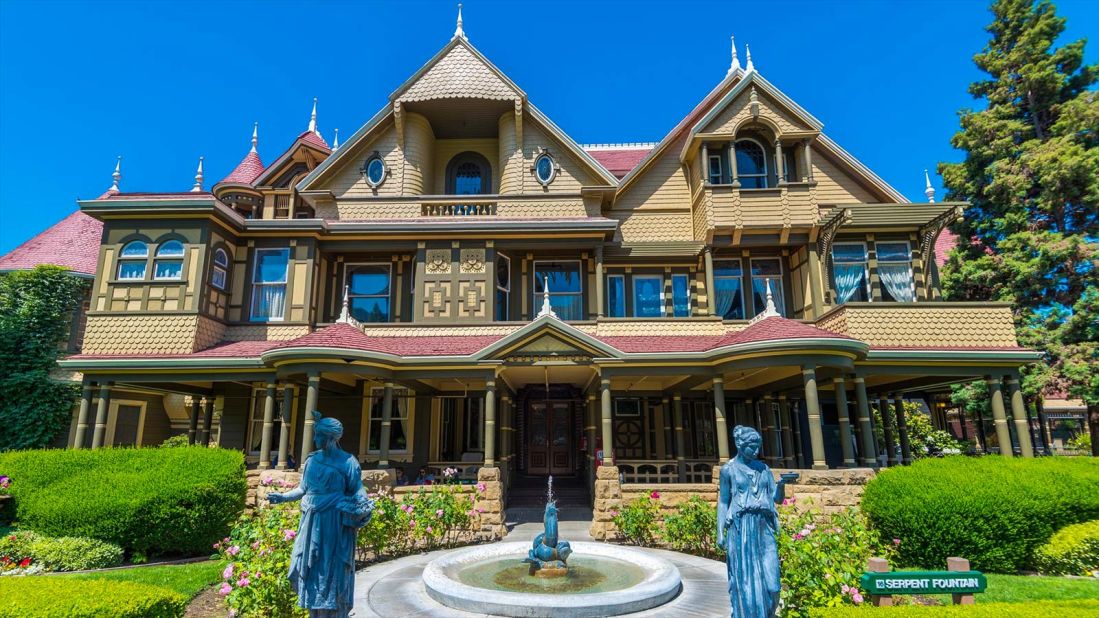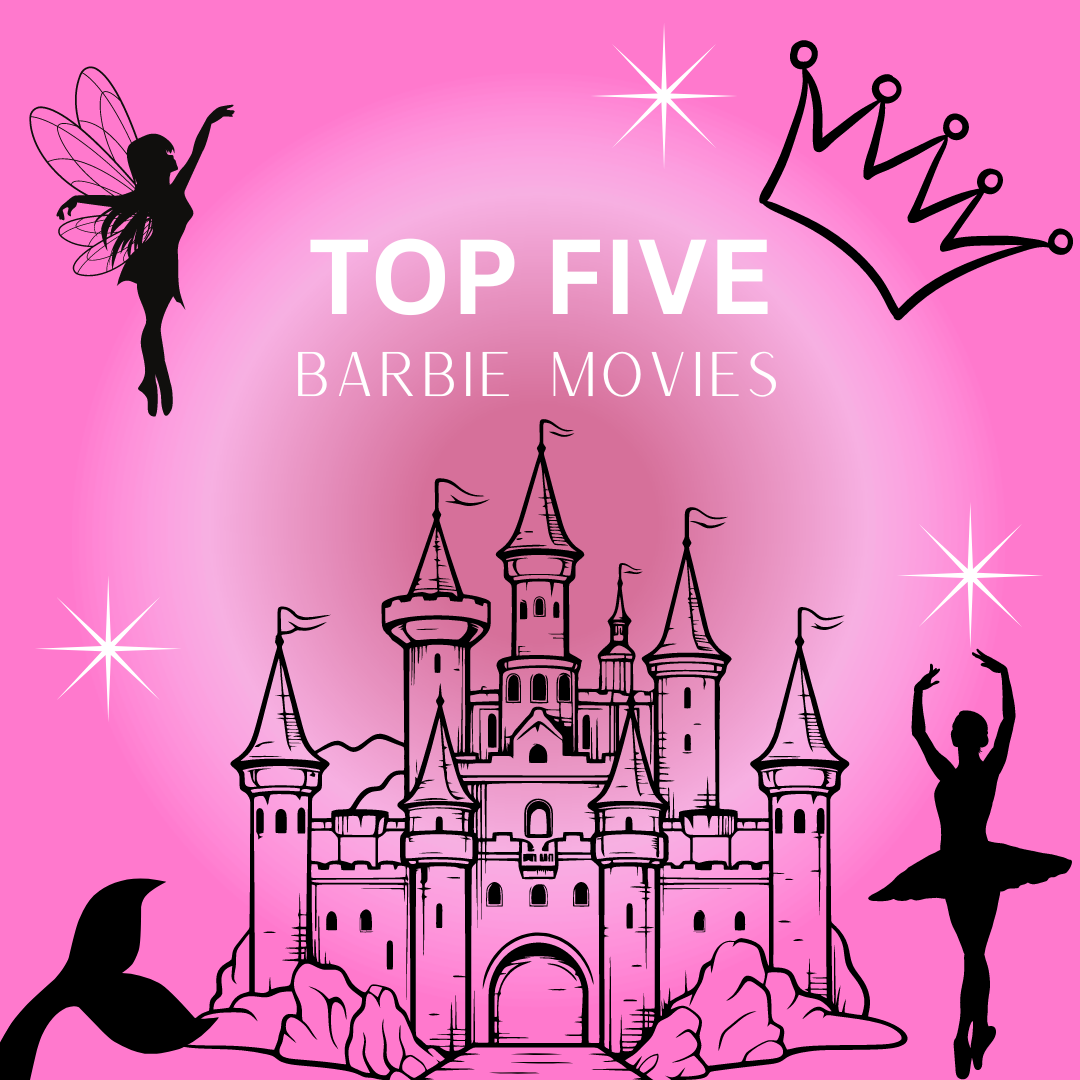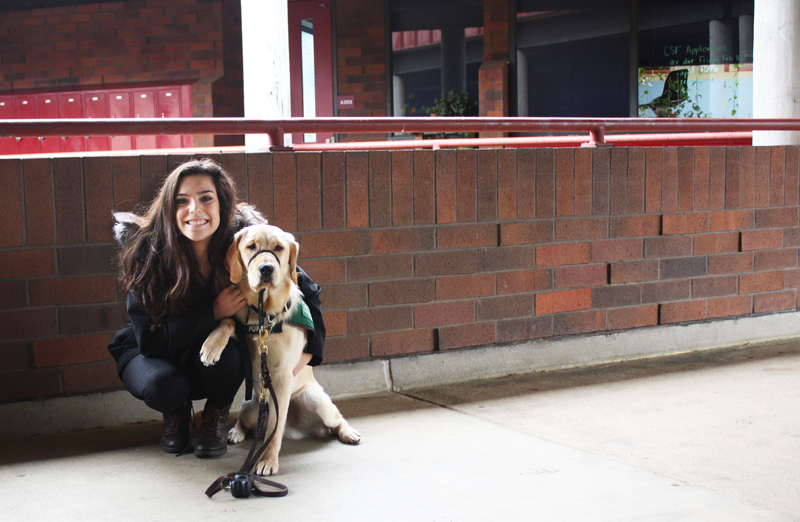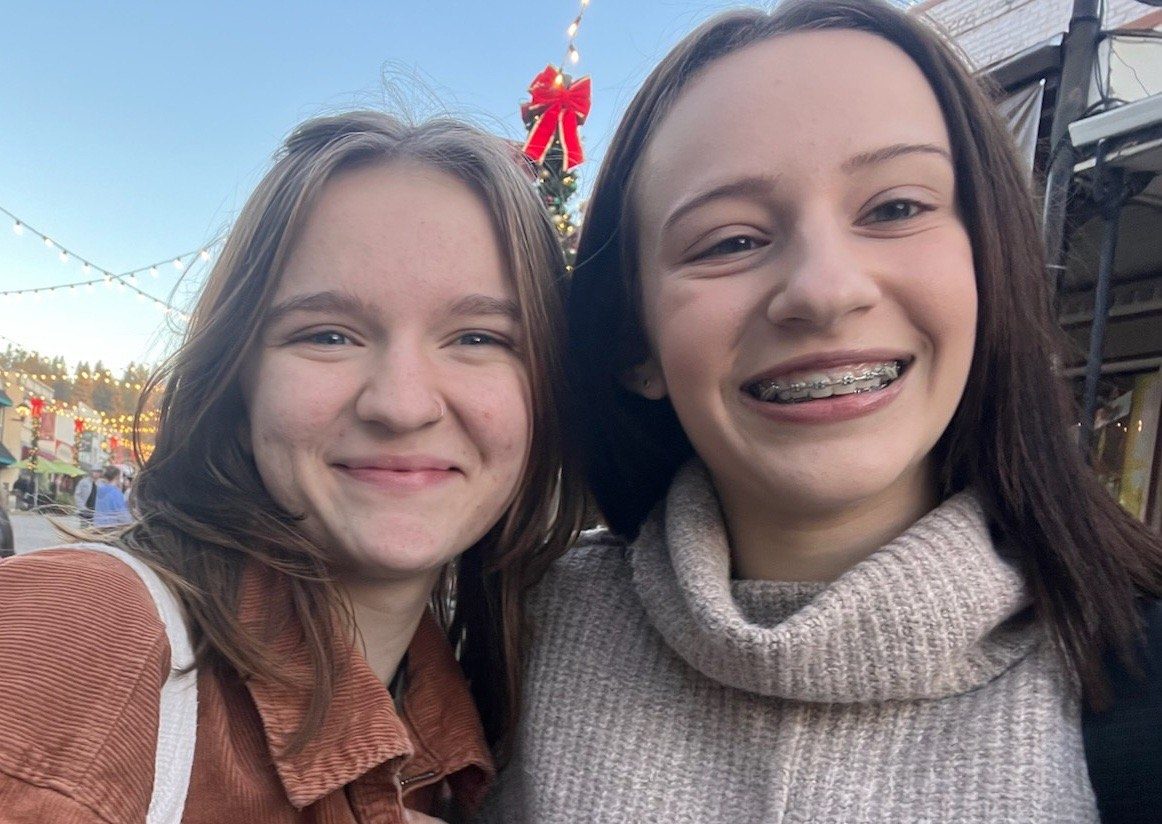Training a guide dog is one ruff job, but worth it in the end.
Bear River High School FFA Guide Dog for the Blind is a program that takes place in school and at home for 18 months till the trained dogs are tested for readiness to be a seeing-eye dog. Ag students take on this task for community service credits and to help the blind.
“(The program started) about three years ago when some students wanted to help out with community service for the blind,” said Steven Paasch, the Agriculture teacher.
“The program started at Bear River in 2014 through FFA and Guide Dogs for the Blind,” said Kelly Lazalier, co-leader of the program. “The students and families raise the puppies for 16-18 months.”
The students and teachers know that it’s a tricky task to oversee the dogs.
“They have to take care of them for most of the day and get special permission from the school district,” said Mr. Paasch.
“(The program is to) raise dogs, do some basic training with them, and teach them how to act in public,” said Madisyn Lazalier, a junior and daughter of Kelly Lazalier.
Mr. Paasch and Mrs. Lazalier don’t find it likely for the program to end anytime soon.
“I sure hope the program continues; it is a wonderful way to socialize the puppies and has been extremely successful,” said Mrs. Lazalier.
“I would suppose (the program would continue) as long as the dogs don’t become a distraction,” said Mr. Paasch.
Students are all barking about how great the program is.
“I enjoy the program a lot!” said Lazalier, “It’s really fun because I love dogs and it’s great having a dog with me wherever I go.”
“I get to have a little puppy around me all the time and you know it’s going to help somebody in the end,” said Faith Lampson, a junior.
“I do enjoy (doing the program) because, it’s a lot of fun and it’s like having a little buddy around,” said Noah Danieli, a senior.
Students also agree that they are going to have to put a leash on the program for now.
“(I’ll continue the program) probably when I’m older, not in college though,” said Danieli.
“(I won’t continue) next year, but later in life, like after college,” said Lampson.
“Sadly, I won’t be able to continue the program because I would not get to finish the next dog’s training,” said Lazalier.
Students get special treats for doing the program.
“(It) looks good on college resumes and I knew it will help someone in need,” said Lampson.
“I can make an excuse to get to class late,” said Danieli.
“It’s community service and gives me more responsibility,” said Lazalier, “It is very fulfilling knowing that you are doing something that is changing another person’s life, potentially.”
Mr. Paasch and Mrs. Lazalier agree with students in the reward they get from doing the program.
“The students learn responsibility, commitment, and dedication,” said Mrs. Lazalier.
“(The program) benefits students in several ways, especially in responsibility and leadership plus that satisfaction of helping the blind,” said Mr. Paasch.
Students have differing opinions on which dogs they like best.
“Ray would probably be my favorite,” said Danieli.
“Adiel and Davin are the most trained because they are the two oldest dogs, but my favorite is obviously Justice (since) he is my dog,” said Lazalier.
“Saint, because he’s perfect and my little boy,” said Lampson.
At the end of their training the dogs must find their best friend.
“The doggy graduation and it’s very emotional,” Mr. Paasch commented.
“When the puppy is 16-18 months old, they are recalled to formal training at the San Rafael facility and complete 8 phases of training before becoming a Service Dog,” said Mrs. Lazalier. “If a dog doesn’t make it, they are usually re-careered or adopted by their raiser.”


